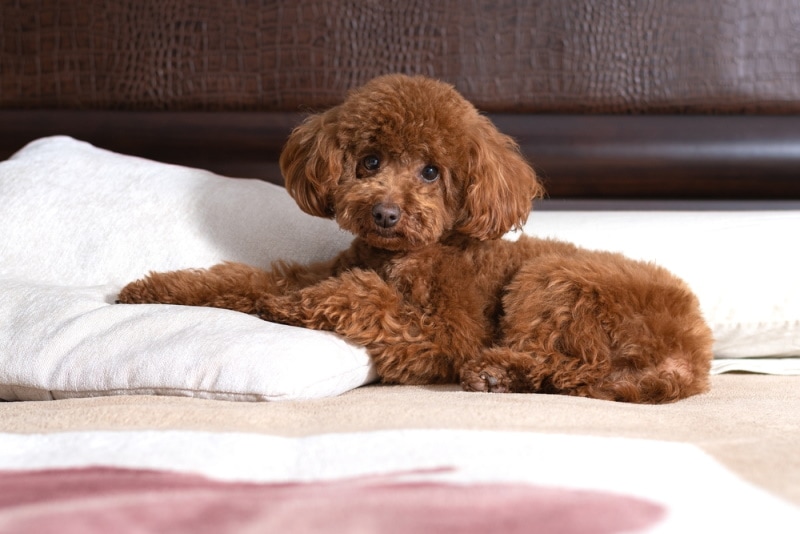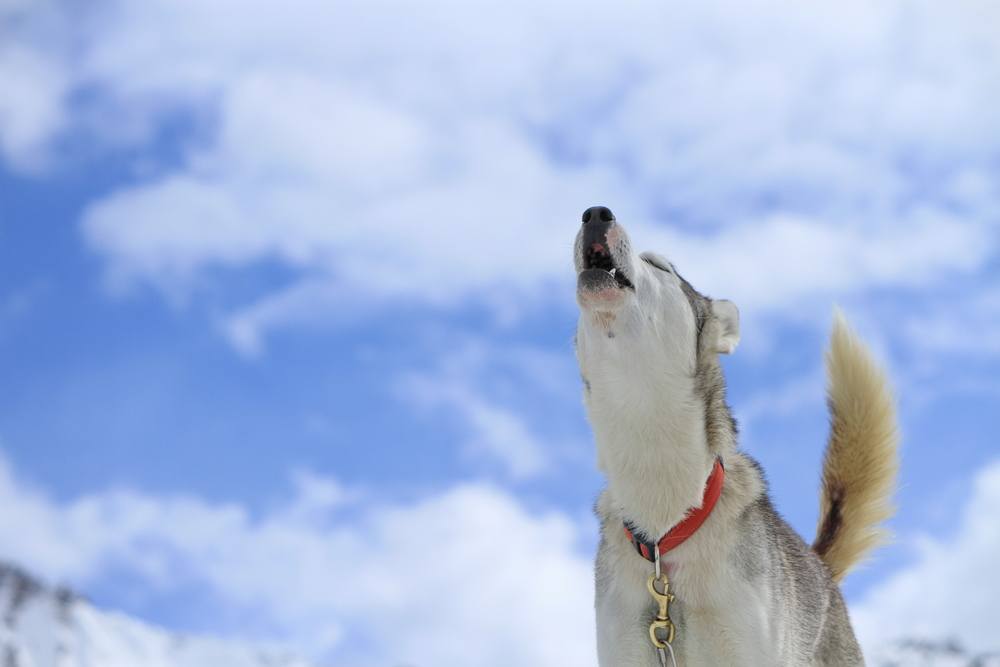How to Potty Train a Cocker Spaniel: 15 Expert Tips

Updated on
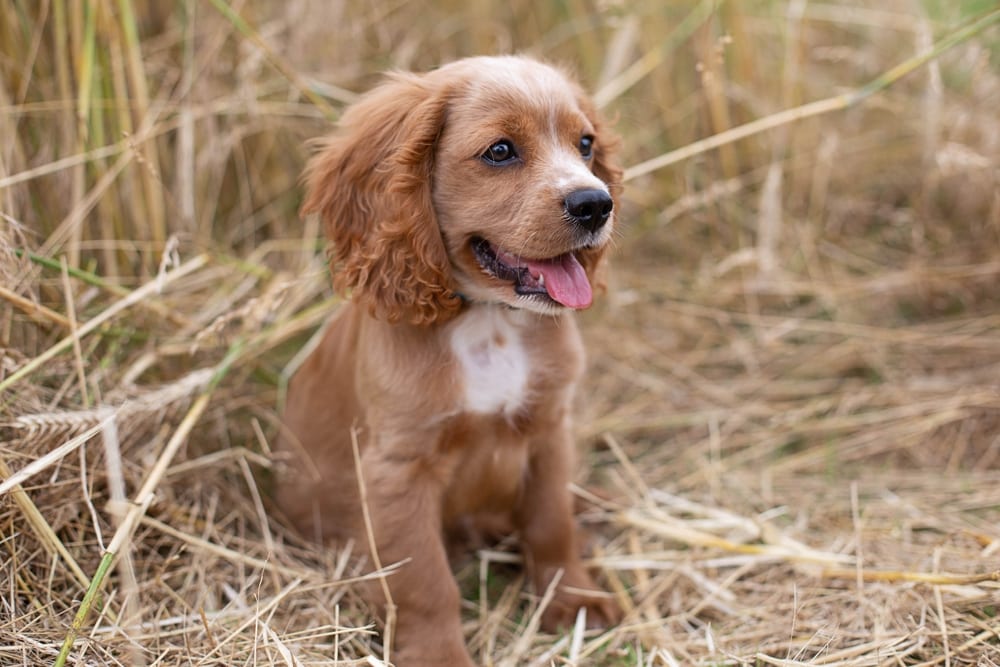
Adopting a new puppy into the family is always an exciting feeling! There’s nothing quite like adoring your tiny fur ball at such a young age. But along with all the fun and joy that comes with your new bundle of joy, remember that owning a pet is also a responsibility!
Part of owning a Cocker Spaniel pup is house training—and that includes potty training. Aside from their adorable and lovable appearance, Cocker Spaniels are gentle, sociable, and eager-to-please dogs. All dogs, regardless of breed, will need a great deal of patience when potty training. This takes time, and there will be a few accidents along the way, which is completely normal!
Cocker Spaniels have an eager-to-please personality, so they respond best to reward-based training. Be prepared to give them continuous praise and treats!
Here are 15 expert tips to help you get started with potty training your Cocker Spaniel.
The 15 Tips on Potty Training a Cocker Spaniel
1. Give Them a Fixed Feeding Schedule
When potty training your Cocker Spaniel, the first thing you want to consider is fixing your dog’s feeding schedule. While a consistent feeding schedule helps control their weight, it also helps establish a regular potty schedule as well.
Remember, what comes in must also come out—so fixing your dog’s feeding schedule is very important!
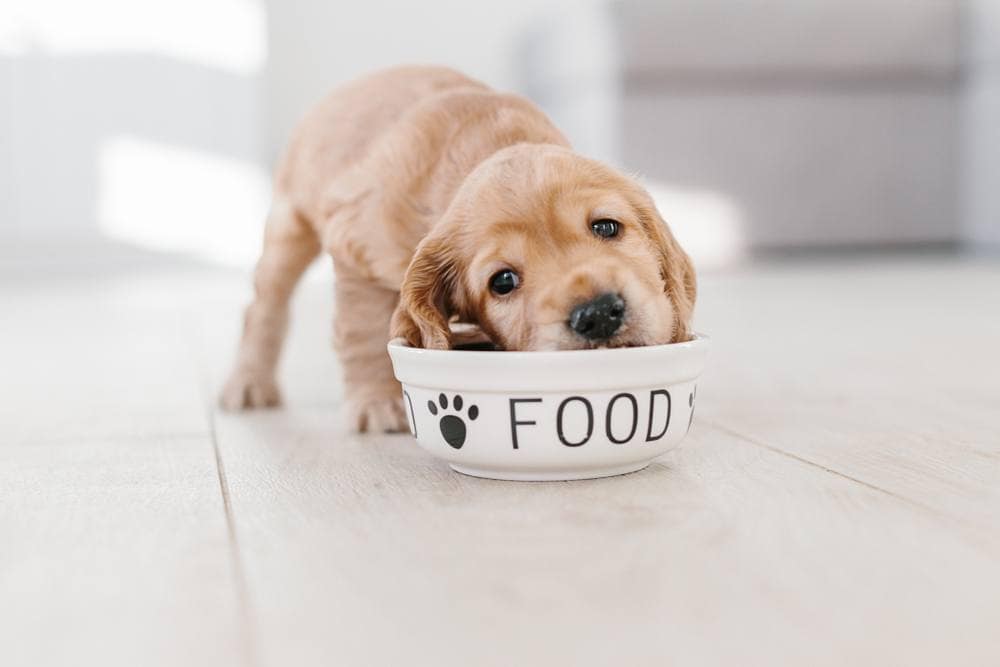
2. Take Them Out Frequently
Puppies have tiny bodies, which is one of the reasons why they’re so adorable. But because of their tiny bodies, they also have tiny bladders and stomachs! Because of this, they will have to relieve themselves more frequently than adult dogs.
Try to let them outside to pee every hour, and around 15 to 20 minutes after feeding or drinking. This also helps avoid any potty accidents in the future.
3. Watch Out for Potty Signs!
When potty training your Cocker Spaniel, you may observe your dog exhibit specific behaviors that tell you that they’re about to go. Some of these behaviors include:
- Running in small tight circles
- Squatting
- Tail positioned high
- Going and scratching at the door
- Crying, barking, whining
It is important to understand that not all dogs are the same. Still, it is good practice to familiarize yourself with your Cocker Spaniel’s signs so you can prepare to let them out in time!
4. Designate an Area for Potty
Be it the garden, the backyard, or a spot in the house with a doggy pad, be sure to designate an area for your dog to do their business. Be sure to bring them to the same area every time. This helps them build the association that the place is where they have to go potty.
When training, association is very important. Once your dog figures out the association between outside and going potty, it will be much easier for them to build the habit!
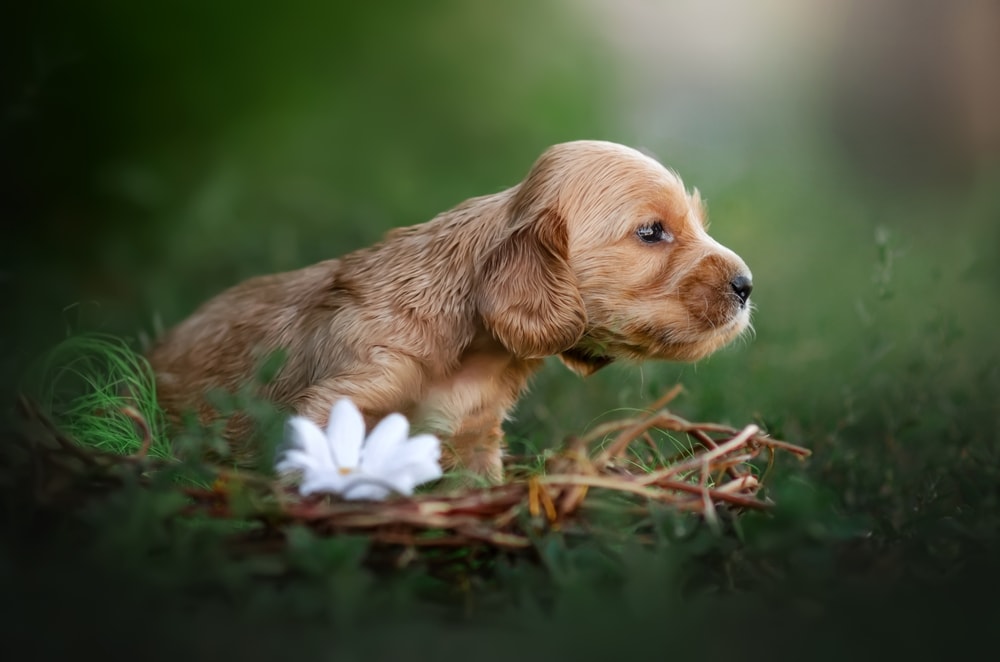
5. Designate a Specific Spot
In addition to choosing an area for a potty, you might want to choose a specific spot, especially if they do their business outdoors.
Aside from creating the association, this also helps you look for where to clean their poop afterward, saving you the trouble of searching around the yard!
6. Keep Your Cocker Spaniel Company
When you let your Cocker Spaniel out, be sure to keep them company while they do their business. It’s best to be around to make sure they do what they should, rather than going off to explore and play.
While staying with them, let them concentrate. If you show your excitement, they may be more inclined to play with you rather than poop or pee. Save the play and praise for after they do their business!
7. Reward Good Behavior
Cocker Spaniels are eager to please, so they respond well with a reward-based approach in training. After every successful potty, be sure to shower your Cocker Spaniel with praise and give them treats to encourage them to keep it up!
Providing positive reinforcement helps your dog repeat the behavior until they develop the habit!
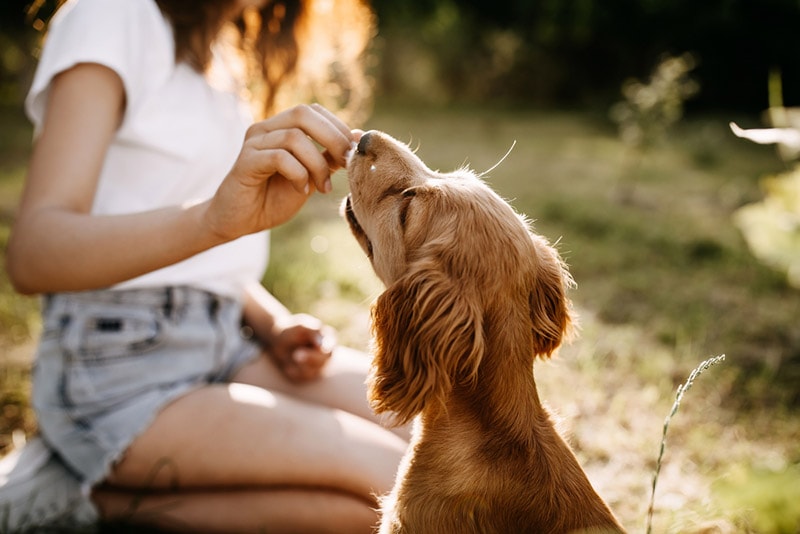
8. Call Out Bad Behavior
When training your puppy, accidents will happen. They may poo or pee inside the house where they shouldn’t. While this can be frustrating, understand that it is perfectly normal and part of the process.
Despite this, you do not want them to develop this as a habit. If you catch them in the act or immediately right after, call them out with words, such as “stop” or “no”, to give them a negative association with this unacceptable behavior.
9. Do Not Scold or Punish
While calling out the undesirable behavior, be sure to not scold or punish your puppy. Keep in mind that you are simply calling out the wrong behavior for a skill they are currently learning, so remember to be gentle!
10. Clean Up Accidents Properly
Another way to show your dog that their accidents are the wrong behavior, show them that you’ve completely cleaned their poo or pee in the house. This helps them understand that this is not where they’re supposed to do their business.
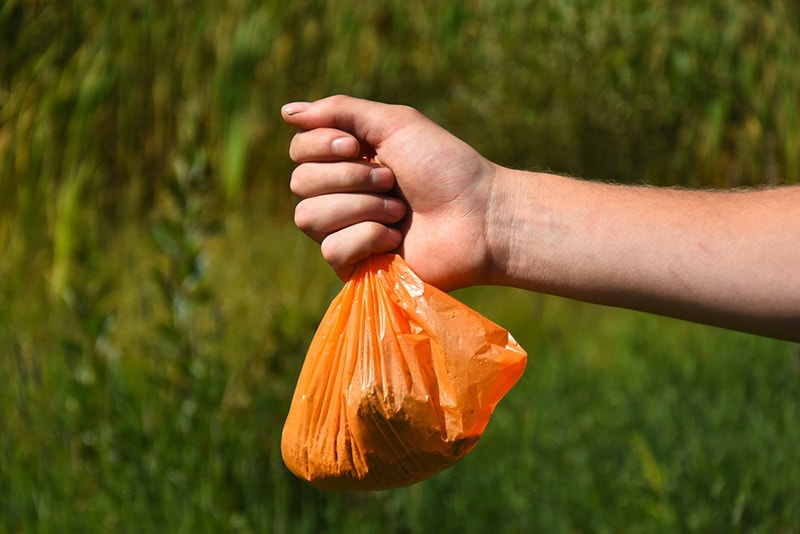
11. Associate a Word with Potty
When bringing your dog out for potty, try to say the same words over and over again. Words such as “potty” or “time to go out” is a great step to consider when potty training. This gives your pet the idea that when they hear these words or commands, it’s time to go out and, well, go potty!
12. Go Potty Before Doing Indoor Activities
Before doing anything with your dog indoors, let them out for potty time. This is good practice and can help your dog associate whatever indoor play you engage in after as a reward or positive reinforcement for going potty first.
It is also good practice to take them out before you go to sleep or take a nap, so that it’s about time to let them out again when you wake up!
13. Consider Crate Training
Crate training is a great way to teach your dog how to manage staying alone in their own space. Aside from this, it also helps with potty training!
When inside the crate, your dog will have the sense that this is their safe space or territory. This gives them a sense of security and comfort where they can rest. Instinctively, they typically will not go potty in their own space, so the use of the crate can teach them to hold their bowels before they’re taken to their designated potty area!
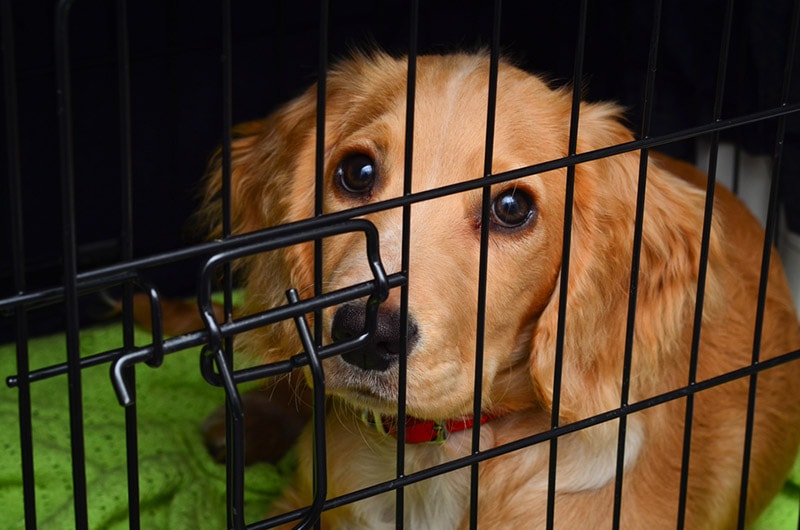
14. Stick to a Routine
When potty training, you want to build habits for your dog in terms of feeding, when to go potty, and where they go potty. It is important to stay consistent by sticking to a routine. Changing up their feeding schedules may also make their potty schedule unpredictable, so be sure to stick to their designated meal times, aside from their occasional treats.
Of course, as your dog gets older, their mealtimes and potty times may decrease in frequency. But even with these changes, it is important to continue developing a routine to keep your dog aware of the habits that you are trying to build!
15. Be Patient
Like with anything new, training and learning takes time. Going through the training process is part of the experience of owning a Cocker Spaniel puppy. Accidents will happen and, while it can get frustrating, just remember that your dog is learning and trying their best to please you. So, remember to be patient!
Conclusion
All puppies have to undergo potty training. Cocker Spaniels are friendly, loving, and intelligent dogs that are eager to please their humans. With the proper motivation and encouragement, your Cocker Spaniel can learn many skills in no time, including potty training!
Featured Image Credit: Angela Holmyard, Shutterstock



